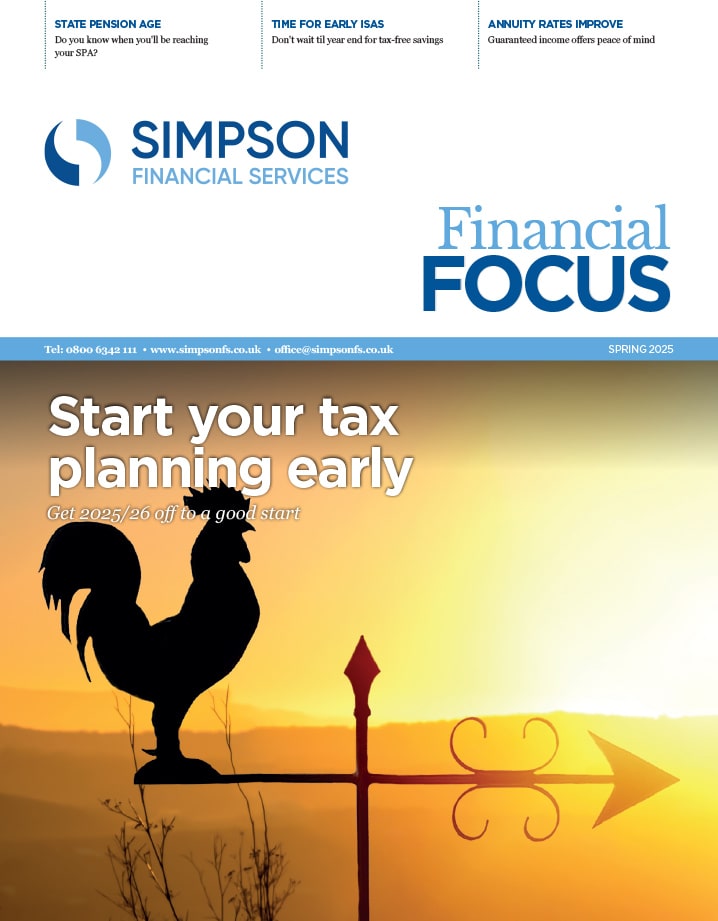Are you planning on playing retirement roulette with your pension?
With more retirement options than ever before, we explore the key differences between annuities and drawdown products while helping you choose the winning option for you.
Whether you’re flirting with retirement or are a fresh whippersnapper with the whole world at your feet, weighing up your pension options in advance is a smart move.
Two of the best ways to make your hard-earned retirement savings go further is to purchase an annuity or a flexi-access drawdown. The question is: which one is right for you?
In this blog, we explore the differences between the two products and offer valuable tips to ensure you don’t gamble away your pension pot.
What is an annuity?
When you eventually retire, you need to decide on what you do with your pension fund. The traditional method is to purchase an annuity.
An annuity is a fantastic way of making your retirement savings go further. When you purchase one, you’re guaranteed a fixed monthly income, helping you plan ahead and live with complete financial security.
The amount you receive every month depends on the money you’ve accumulated in your pension fund throughout your career, plus various other circumstances – such as your age when you buy one, your health, your lifestyle choices and your life expectancy.
You can purchase a lifetime annuity or a fixed-term annuity. As the name suggests, a lifetime annuity provides you with income for the rest of your life on a single or joint-life basis. While a fixed-term annuity typically lasts around five to ten years, giving you more flexibility to change your deal. However, you may not find a better deal if rates are down in the future.
The major drawback to both annuities is that if you pop your clogs and you’ve surpassed your guarantee period, the insurance provider is entitled to keep any remaining pension funds.
This leaves many people in a predicament. If you follow our retirement saving tips and build a tidy pension pot, knowing any leftovers go to someone other than your nearest and dearest is a sad situation.
But on the flip side, if you defy the odds and live for a long time, you could end up receiving your guaranteed monthly income even if you surpass the original value of your fund. It’s essentially like playing a game of retirement roulette, where you place all your chips on living a long life.
The alternative: a flexi-access drawdown
If you don’t fancy running the risk of forfeiting your retirement savings to an insurance provider, you may prefer a drawdown, otherwise known as a flexi-access drawdown.
A drawdown gives you more control over your retirement savings and allows you to amend your strategy as and when your circumstances change.
You can also keep your pension invested, take a tax-free cash sum of up to 25% and withdraw any amount from your retirement savings whenever you need it.
A drawdown product is ideal if you don’t need a secure income and like the flexibility to increase your fund value and income through smart investment growth. Plus, you have the peace of mind knowing your loved ones get any remaining pension after your death, often tax-free too.
But once again, there’s an element of risk involved. Making a poor investment choice can leave you short-changed if the market dips and at risk of running out of money.
Annuities vs drawdown: picking a winner
The pros of annuities
- Withdraw up to 25% tax-free
- Guaranteed income every month
- Payments for life
- Unaffected by market dips
- Suitable for any pension pot size
- Can be improved with a qualifying medical condition
- Can be adjusted for inflation if it’s set-up at the start
The cons of annuities
- Money can’t be passed to your loved ones after your guarantee period ends unless you buy extra protection which reduces your annuity income
- Once a fixed-term annuity ends, you may struggle to get a good rate again
The pros of a drawdown
- Withdraw up to 25% tax-free – or defer some
- Flexible income and complete control
- Unused retirement savings can be left to your loved ones
The cons of a drawdown
- Money could run out, especially if your retirement pot is below £30,000
- No direct option to enhance what you have
- Income may need to be reduced if the investment dips in value
Whatever way you look, there are significant risks to buying an annuity and investing your pension fund into a drawdown product. However, they both come with a lot of fantastic benefits too. It’s just a case of hedging your bets and making an informed decision based on your specific needs.
The good news is that you don’t have to place all your chips on one option. You can spread your retirement pot across the table and give yourself both the flexibility and the financial security you need to retire in style.
Alternatively, if you’d prefer to maximise the benefits of one or the other, either way we recommend that you chat to a professional who can help you pick a winner. At Simpson Financial, we offer impartial advice on retirement savings and can tailor a plan based around your needs. To find out more, get in touch with our Leamington Spa team of financial advisers today.
